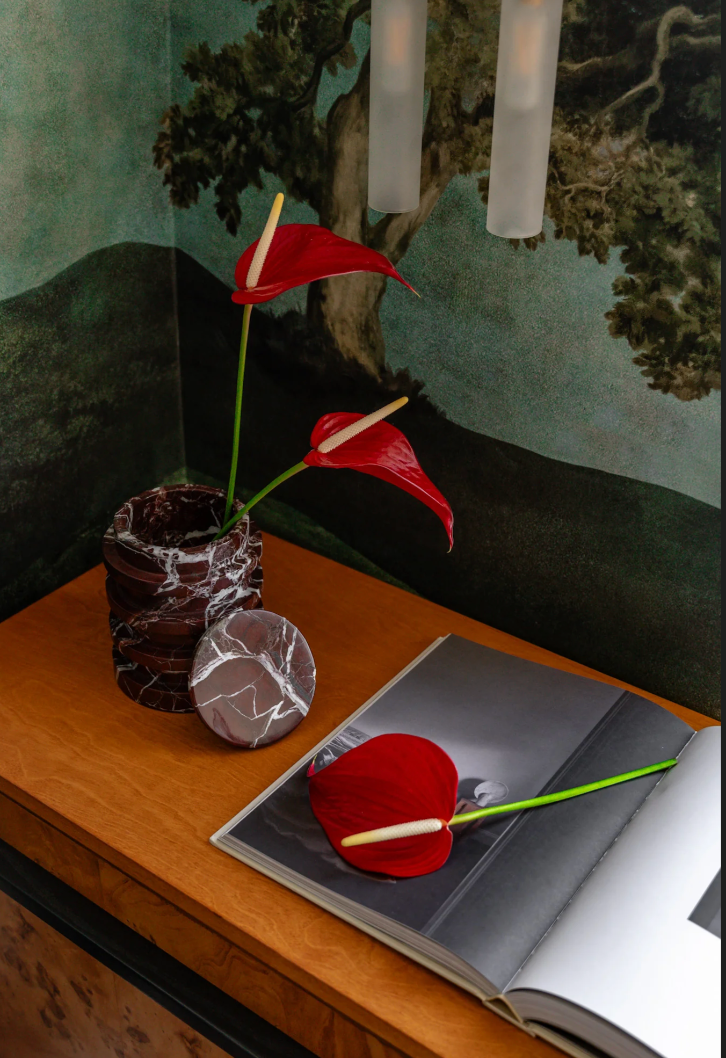REVOLUTIONARY NARRATIVES: A CLOSER LOOK AT RICK DUPREE'S FILM ON THE SEATTLE BLACK PANTHERS
- Vivian Phillips
- Dec 22, 2023
- 4 min read
Updated: Dec 28, 2023

Rick DuPree is a native of Seattle, yet, his familiarity with the Seattle Chapter of the Black Panther Party was almost non-existent. By the early 1980's the Panther Party had ceased operation nationally, and it would be another three decades before the local history would take center stage as the Seattle Chapter of the Black Panther Party celebrated 50 years since it's forming. Over time, there have been several iterations of local Panther history documentation including co-founder Aaron Dixon's book My People Are Rising. The University of Washington also has a comprehensive archive, and co-founder Elmer Dixon recently released his book Die Standing: From Black Panther Revolutionary to Global Diversity Consultant, but for DuPree, a personal angle to the full story had not been explored. Rick and his son Marques set out to address what they felt was an important and intimate look at the story of the Seattle Chapter through the eyes of the two founders, brothers Aaron and Elmer Dixon.
SEATTLE BLACK PANTHERS FIGHT FOR JUSTICE & FREEDOM is the film that the DuPrees are currently working to complete. It is the telling of the Seattle Chapter formation, existence, relationship to the most prominent California chapters, told mostly from the perspective of the co-founders and through the eyes and voices of those who were actually there. The film also takes into account the racial environment in Seattle during the time. Redlining was in full effect and the assassination of local civil rights leader Edwin T. Pratt in front of his Shoreline home had a chilling effect on the prospect of Black people living outside of the Central District. The Black Student Union at the University of Washington stood in protest of administrative reluctance to sever ties with Brigham Young University for BYU's documented history of racism and discrimination against Black athletes. By contextualizing these important elements in Seattle history, the film encompasses much more than the revolutionary aspects of the party. Rather, it sheds light on why these revolutionary acts were necessary at all.
At a screening earlier this year, Marques DuPree talked about his surprise in learning about this powerful group, something that was not included in any of the pages of his school books, nor was it the topic of any discussions in his local public school education. It causes him to wonder why that was the case and inspired his enthusiasm for ensuring that the story is told and made widely available. Rick also reflects on the absence of a full story about a time in history that marked a major shift in how Black people saw themselves. Not unlike many Black families who found a home in the Pacific Northwest, Rick's parents migrated to Seattle at a time when being Black had severe consequences in their native southern towns. The threats to Black life during and post Jim Crow forced many parents to fly below the radar, unable to fully embrace the concept of Black pride. Recalling a conversation with Aaron Dixon, Rick notes Aaron's comment: "Stokely Carmichael was using this new term, Black power."

As film producer, Rick has found himself in a new creative lane that he hopes to explore further after completion of this film. Since 2012 DuPree has been the Director of Community Partnerships at Seattle Academy where he manages the Senior Project Program and the upper school student service learning. His intentional work with youth in the community is quite well known, but there are other elements of his family and history that may surprise. For instance, Rick's grandfather JW Morris, helped to build Washington State's oldest Black church, First African Methodist Episcopal, where one of the stained glass windows is dedicated to his service. Brother David DuPree was the first African American journalist hired by the Wall Street Journal and also has to his credit an interview with then incarcerated, Huey P. Newton.
The shift from administrator to a creative practice of filmmaking is one that Rick looks forward to and he already has an eye on his next project. This process of film producing has taught Rick many lessons and increased his interest in creating greater access for others wanting to tell more Black stories, especially at a time when history is being dramatically twisted. "I am a storyteller and want to tell more stories. Black filmmaking seems to be emerging so Seattle has some learning to do," Rick notes referring the level of community support that is or is not available.
When asked what was the most surprising thing he has learned about the Seattle Chapter of the Black Panther Party during this process, DuPree smiles and pauses, then notes, "How well respected and thought of the Seattle chapter was as one of the most prominent chapters in the country." Rick attributes much of this to the leadership of the Seattle Chapter. "Aaron and Elmer were raised in a family that taught them to be respectful and not radical to the point of disrespecting others."
Through this filmmaking process, Rick and Marques have had the opportunity to learn an enormous amount of information about the history of the Seattle Chapter of the Black Panther Party. It is clear to them that the fight for freedom and justice continues and the hope is that this film will bring new insight to the ways in which the young Dixon brothers, teenagers at the time, found themselves at the forefront of a movement that is as prominent today as it was when started 55 years ago. SEATTLE BLACK PANTHERS FIGHT FOR JUSTICE & FREEDOM is the untold story.




Comments